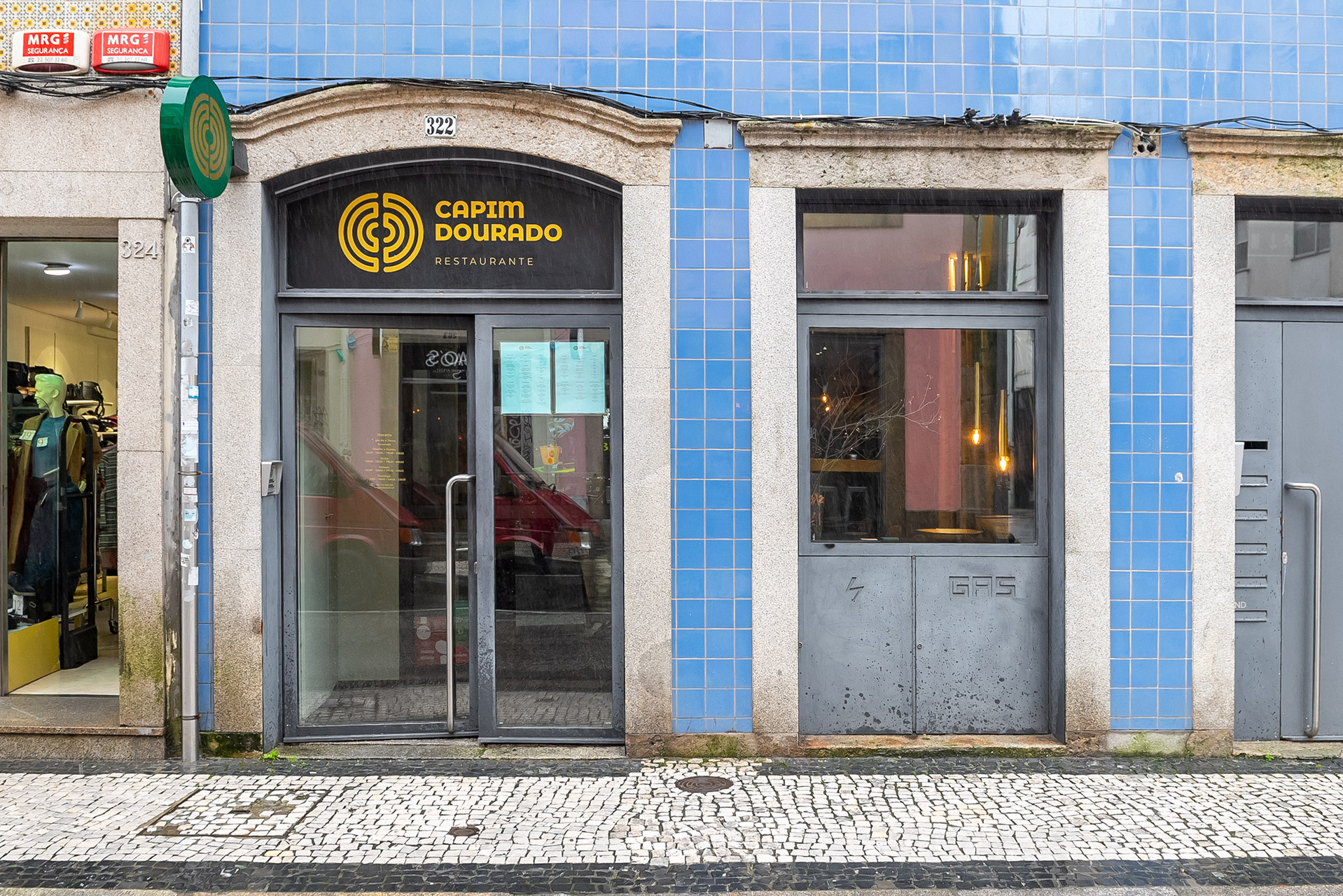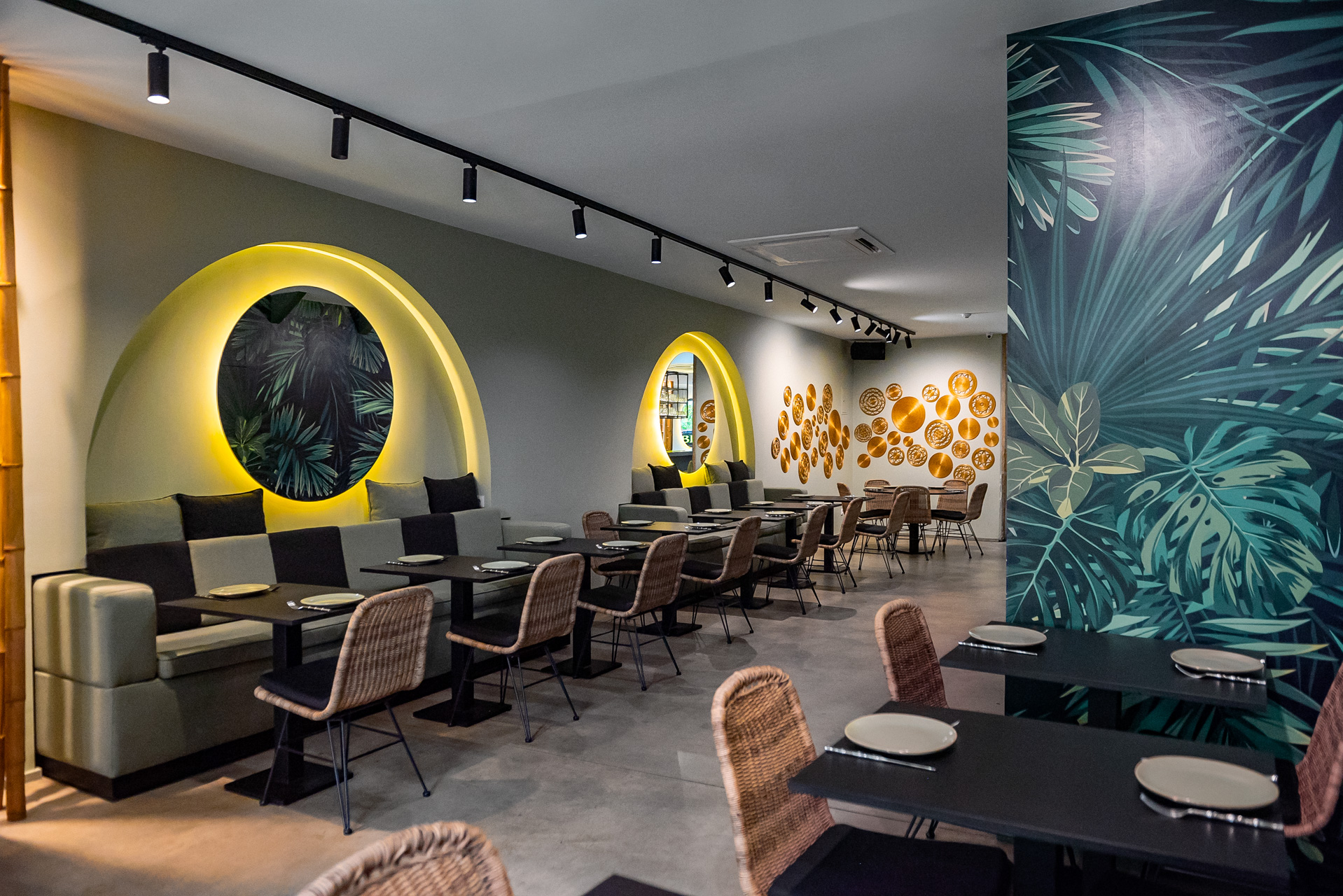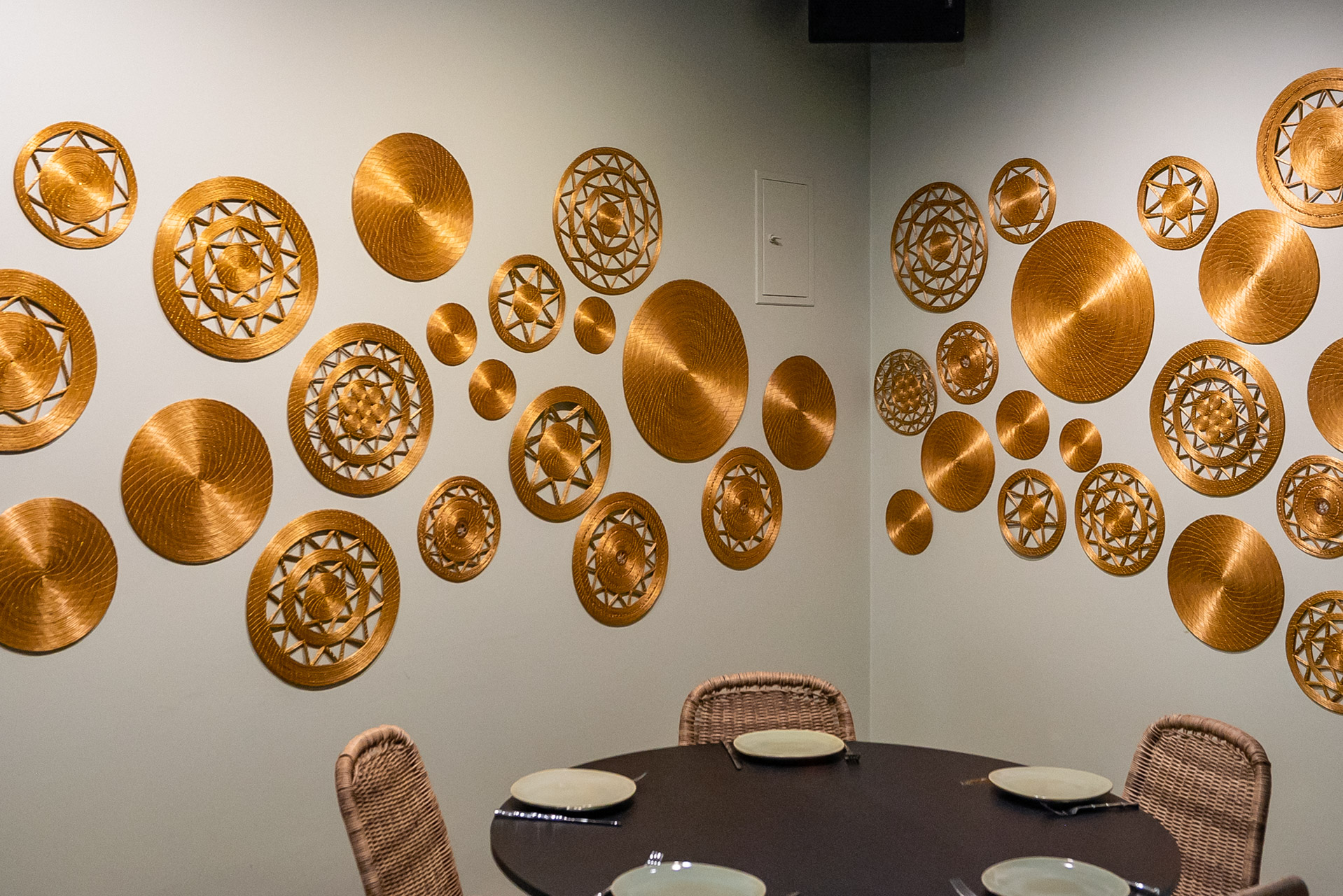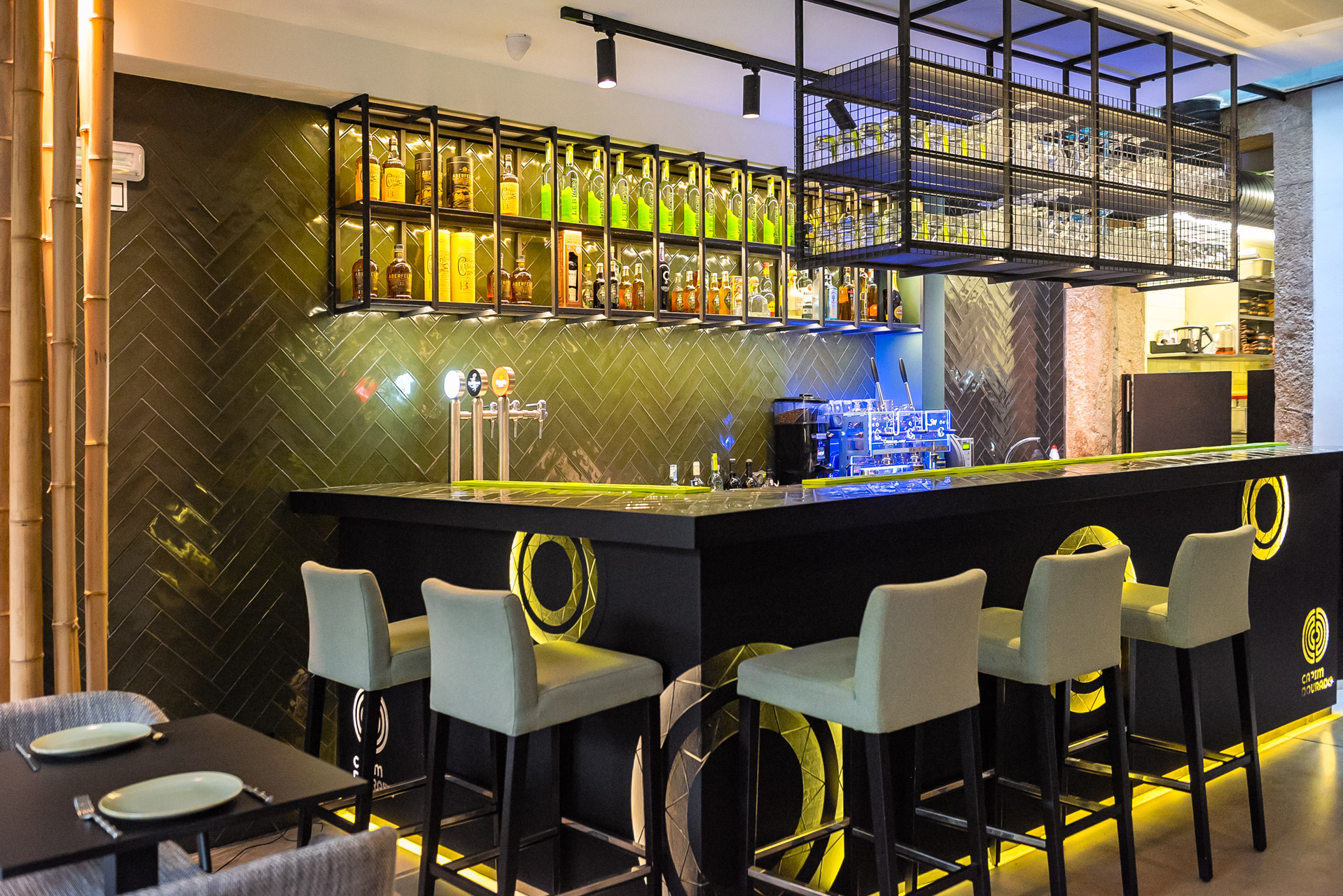O casal João Winck e Ângela Moraes decidiram abrir um espaço onde pudessem partilhar sabores da gastronomia tradicional brasileira. Foi assim que nasceu o Capim Dourado, com uma decoração com motivos tropicais. Nesta partilha, optou-se por tentar recriar comida com opções para todas as dietas: da horta, do mar e da fazenda. Dadinhos de tapioca com geleia picante de maracujá, torresmos «pururuca», pãozinho de queijo, servido com linguiça artesanal, «vaca atolada», uma costela coberta com creme de mandioca e farofa de banana e bacon, são alguns dos pratos, com ingredientes típicos. Para beber, continue no Brasil, há cachaça, a base de vários cocktails tropicais, para abrir ou até acompanhar a refeição.
Brazilian Food
Monday and Tuesday: Closed Wednesday to Sunday: 12.30-15 | 19.30-23.00
Reviews
This store has no reviews.
Promotions
Promotions are one of the strategies shop owners can use to sell their products, renew collections or simply win more customers and advertise their business. At Shop in Porto, our shop owners can advertise online promotions in their stores over a period of time, making them visible to customers.
We are here
Address:
Rua Cedofeita, 322
Postal Code:
4050-174
City Zone:
Baixa
Mobile Phone:
915500081
Email:
reservas@capimdourado.pt
Similar Stores
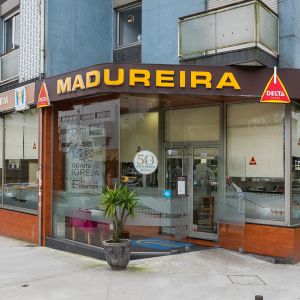
The Marisqueira Madureira restaurant opened its doors on 8 September 2007. In this space you can find the flavors of traditional cuisine and, according to them, “the best francesinhas in the Porto region.” This restaurant / seafood / barbecue / snack bar has a room with a capacity for 73 seats. In this space it is possible to hold events or group dinners for up to 20 people, with very appealing menus from € 12.50 per person. It has take-away service. The service is personalized and friendly. Its specialties include natural Gamba, grilled tigers, prawns from the coast, squid and shrimp kebabs, Terra Mar kebabs, Madureira cod, among others.
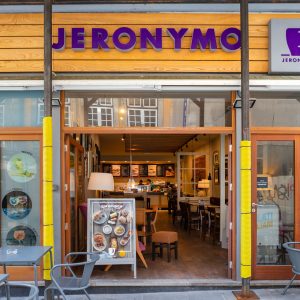
Jeronymo is a coffee chain founded in the year 2002.
This brand has as objective of its activity the desire to recover the spirit of the old neighborhood cafes, which were assumed as a meeting point and sharing of good times between friends.
Starting from the heritage of these spaces, our service and products offers are adapted to the modern times.
Jeronymo counts on Rua das Flores with its first store in downtown Porto. The space has 40 seats inside and its own terrace with heater and a comfortable blanket for the colder days, while also providing free wi-fi for customers.
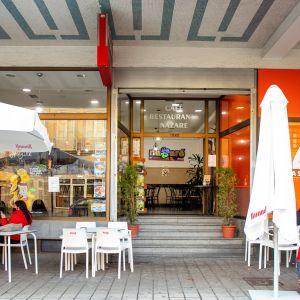
If the town of Nazaré has become known worldwide for its waves, the homonymous café and restaurant tries not to raise waves, in a place where tranquillity prevails, with a welcoming and familiar atmosphere, with a decoration deprived of artifices. It is the typical neighbourhood café, where you can take a coffee break, read the newspaper and socialise. Besides its appetisers, breakfasts and snacks, Nazaré Café has a meal service, with a bet on traditional Portuguese cuisine, with typical regional and local dishes, having its version of the famous French, as well as homemade dishes, remembering the comfort of the food made by the grandmother. The service is personalised and cheerful.
